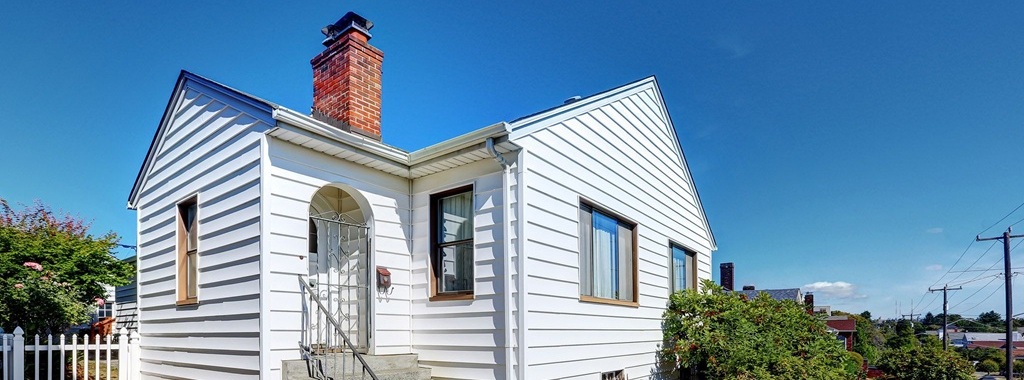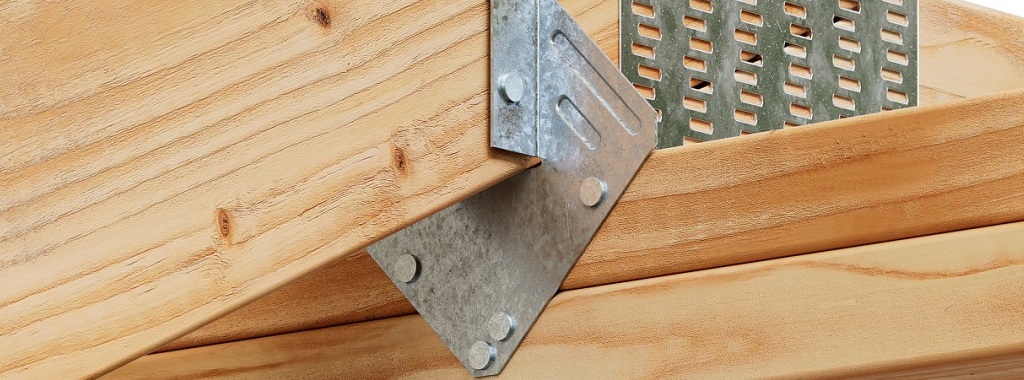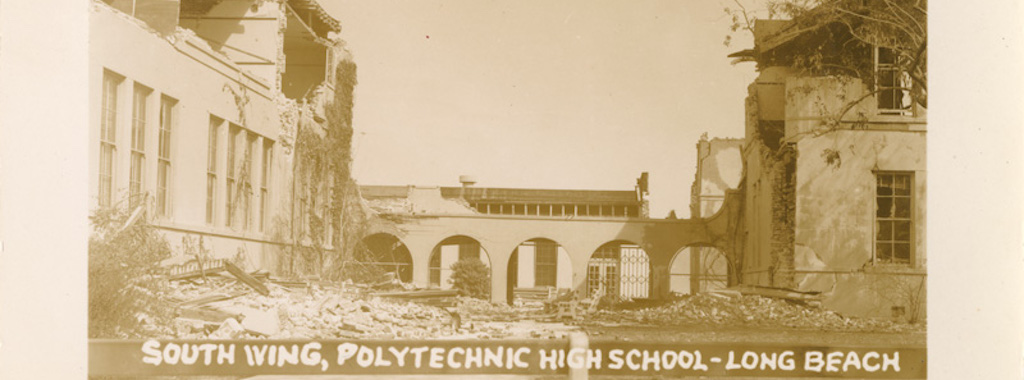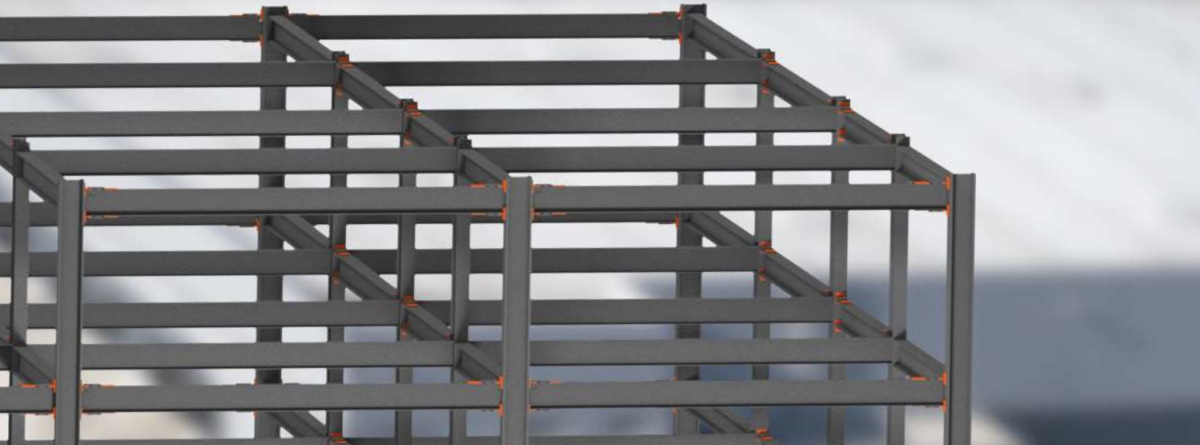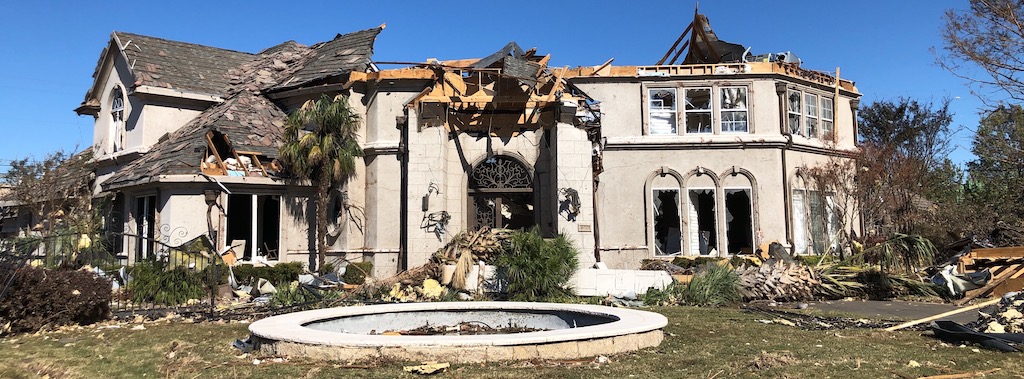In this post, we follow up on our November webinar, Earthquake Retrofit Solutions and Resources Webinar, by answering some of the interesting questions raised by attendees.
Category: Natural Hazards
Natural hazards are severe and extreme weather and climate events. Although they occur in all parts of the world, some regions are more vulnerable to certain hazards than others. Simpson Strong-Tie offers solutions to help fortify your buildings or homes to prepare for natural hazards such as earthquakes, hurricanes, tornados, and more.
ShakeOut Day Special: Building Resilience for Earthquakes — AMA Highlights
Simpson Strong-Tie was excited to join the annual Reddit AMA event hosted by experts in the Pacific Northwest last week to bring awareness to the International ShakeOut Day happening on October 19, 2023. This worldwide occasion sees millions participating in earthquake drills at work, school or home, emphasizing earthquake safety with the “Drop, cover & hold on!” practice. Our panel consisted of scientists and preparedness experts from government agencies in Washington and Oregon. They focused on addressing inquiries related to earthquakes, tsunamis, the ShakeOut drills and general preparedness, covering both structural and nonstructural aspects, including ShakeAlert Earthquake Early Warning activities in the Pacific Northwest.
The H1A Hurricane Tie – An Update for a Classic
Simpson Strong-Tie recently released an updated model of our H1 – now the H1A. As a consulting engineer, I remember how much I disliked updating my standard details when products were discontinued. I thought it would be informative to explain the modifications and some of the reasons for them.
90 Years Later — How the Long Beach Earthquake Changed California’s Approach to School Construction
On March 10, 1933, around dinnertime, a magnitude 6.4 (Mw) earthquake struck the Long Beach area of California just before 6 p.m., causing widespread damage and resulting in 120 fatalities. This earthquake became a turning point in the way that earthquakes and their impacts were understood and addressed in the western US.
Yield-Link® Moment Connections in the Great White North
Resiliency is a term which is becoming more commonplace within the field of structural engineering, not just in North America but worldwide. As part of a nation that prides itself on being progressive, engineers in seismic zones of Canada are already exploring innovative solutions that may help create economic structures with resiliency in mind. But what do we mean by resiliency?
In the fields of engineering and construction, resiliency is the ability of a structure to absorb or avoid damage without suffering complete failure. Structural resiliency is the ability of a building or structure to remain sufficiently sound and intact following a shock event as to allow rapid resumption of normal use.
The Importance of a Continuous Load Path — Lessons Learned from Recent High-Wind Events
Hurricane season is in full swing, and we’ve had a record number of named storms to date. With each one, Mother Nature has taken the opportunity to remind us of her awesome power and teach us how we can improve our built environment in preparation for the next. One of the lessons we’re regularly reminded of is the importance of a successfully implemented continuous load path and its role in keeping a structure intact.



